- Your benefits as a Premium Member
10% off items
Free shipping from €20.00
- Help & Contact
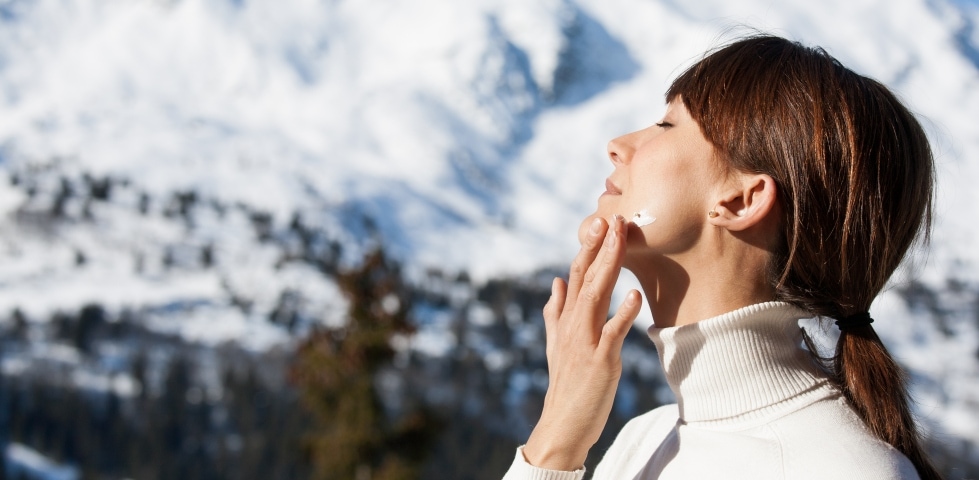
Sunscreen in winter – here’s how to protect your skin from sunburn even in the snow and cold
Even if the sun is scarcely visible in the sky, your skin needs protection from ultraviolet rays. We show you in this article how you can best protect your sensitive winter skin to feel well and protect your skin from premature ageing.
10 January 2023 • 2 min. reading time
Table of contents
Why is sunscreen important in winter?
Your skin scarcely produces any melanin in the winter months. This is a shame because melanin creates a protective keratin layer with a natural protective effect – light callosity. Due to cold sub-zero temperatures, overcast weather and long clothing, there is a risk that you can underestimate the intensity of the winter sun. With light cloud coverage, 90 percent of UV radiation manages to get to the Earth’s surface. Ice and snow reflect between 80 and 90 percent of the ultraviolet solar radiation and thus increase the total exposure. Due to these factors, UVA and UVB rays can also harm unprotected skin in winter:
- UVA rays contribute to the formation of free radicals, which leads to permanent cell damage. The consequences are visible signs of skin ageing – like wrinkles as well as saggy and dry skin.
- UVB rays can cause sunburn and in the case of heavy damage even skin cancer.
Active alpine athletes enjoy additional hours of sunshine. In the mountains, sunshine shines on many winter days, despite grey foggy weather in the valley. Every 1,000 metres of altitude, the UV rays to which your already pale winter skin is exposed increases by 15 percent.
Do I need a different sunscreen in winter than in summer?
To protect your skin, it is important to opt for special skincare products for the cold season. Whereas summer skin needs lots of moisture, winter skin needs an oily protective base layer to beat the cold.
What is the ideal sunscreen for skiing and snowboarding?
The ideal sunscreen for alpine sports has a high Sun Protection Factor (SPF) of 30 and does not leave behind an oily film on the skin. Children and people with sensitive, pale skin should choose SPF 50. It is not necessary to increase the SPF you use during the day. The sunscreen effect lasts one day. Special lip balms with SPF 50 protect the delicate skin of your lips.
What is the best way to use sunscreen?
With alpine sports, there are few skin areas that need an effective sunscreen but these areas are even more at risk. The sunscreen should be reapplied several times during the course of the day – preferably every 2 hours:
- Facial skin is exposed to permanently low temperatures and strong UV radiation when spending time in the mountains in winter.
- The sensitive skin on the lips is extremely thin and has no protective function of its own.
- When you take off your gloves, the sunlight hits the unprotected skin on the hands.
- As in summer, the ears are one of the areas most at risk – especially for those who deliberately avoid wearing hats.
The ideal time to apply sunscreen is before getting fully dressed in the bathroom in the morning. To develop the best protective effect, you should spread your sunscreen generously on the affected areas of the body – at least 20 minutes before spending time in the open air. This will provide your skin with optimal protection even in strong wind and extremely low temperatures. If you are planning to sunbathe on the terrace of your chalet, you should rub cream into all the parts of your body that are exposed to UV rays. This gives you the best chance of getting a nice winter tan without sunburn.
Sun protection
Takeaway
The combination of cold, sun and wind is extremely challenging for your skin. By applying a sunscreen that is especially suitable for winter due to its oily base, you can give your skin the best protection. If you feel well, you can enjoy the time you spend in the sparkling snow and on the rapid descents without a care in the world.


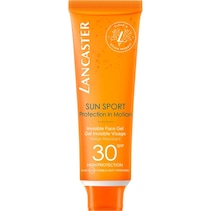



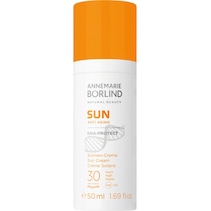
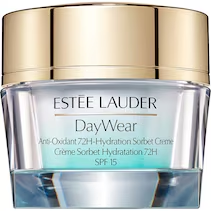


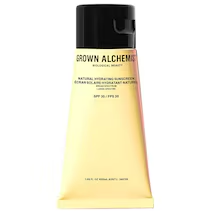
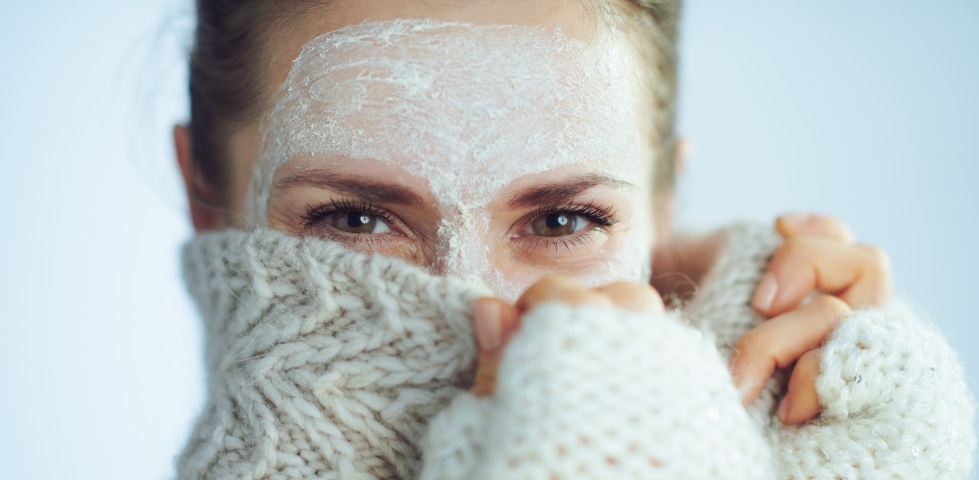
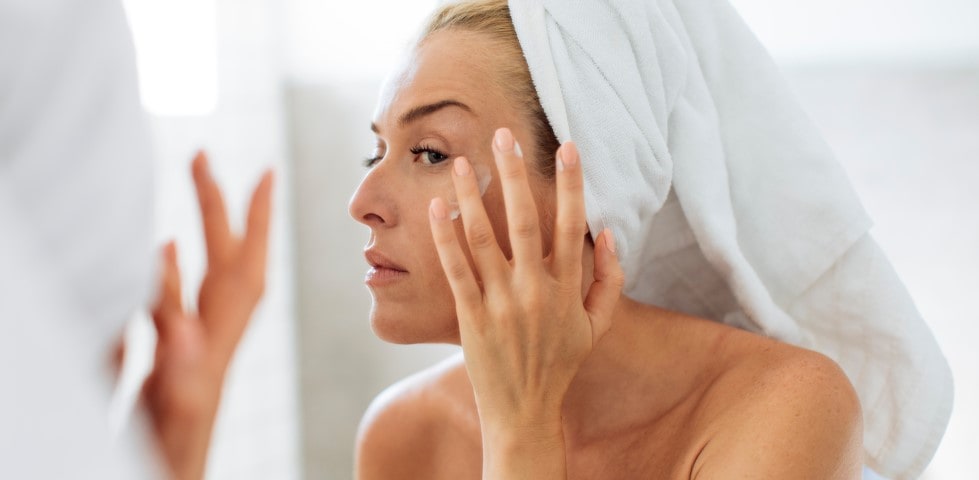





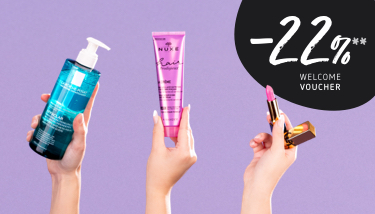






 Certified security
Certified security








